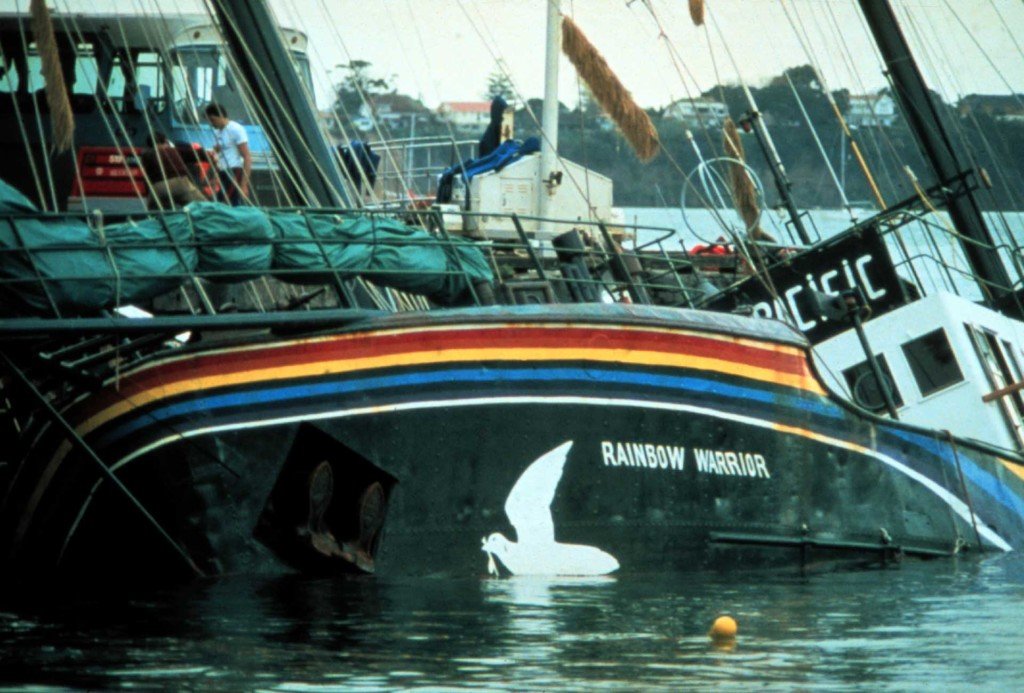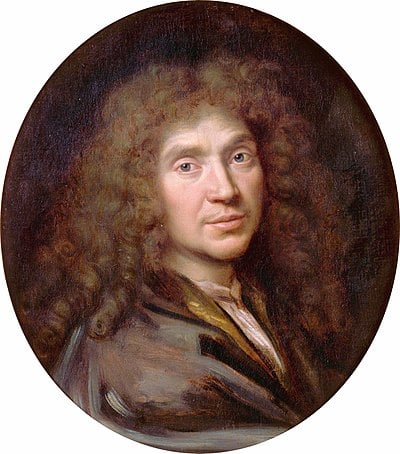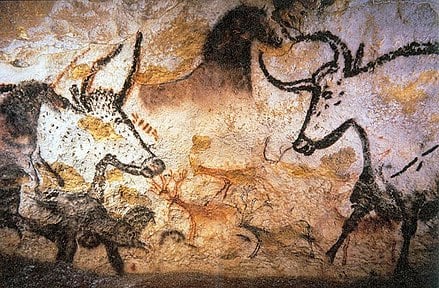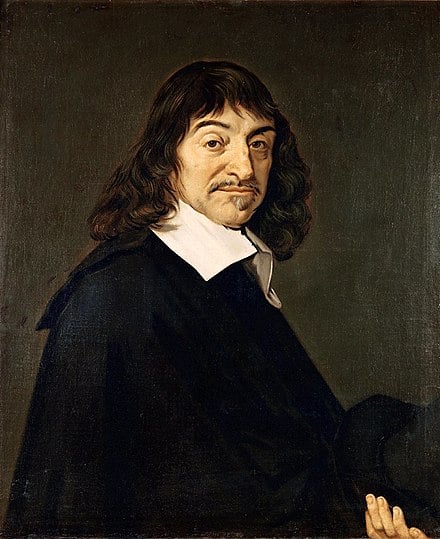Why Did the French Bomb the Rainbow Warrior?
Highly opposed by environmental activists, the French nuclear planning was nothing but a fatal threat to the environment and the people. Greenpeace actively campaigned against the nuclear planning, sending out the Rainbow Warrior ship to directly protest it. The French Intelligence planned the bombing of the Rainbow Warrior to stop a protest opposing the nuclear […]
Why Did the French Bomb the Rainbow Warrior? Read More »





